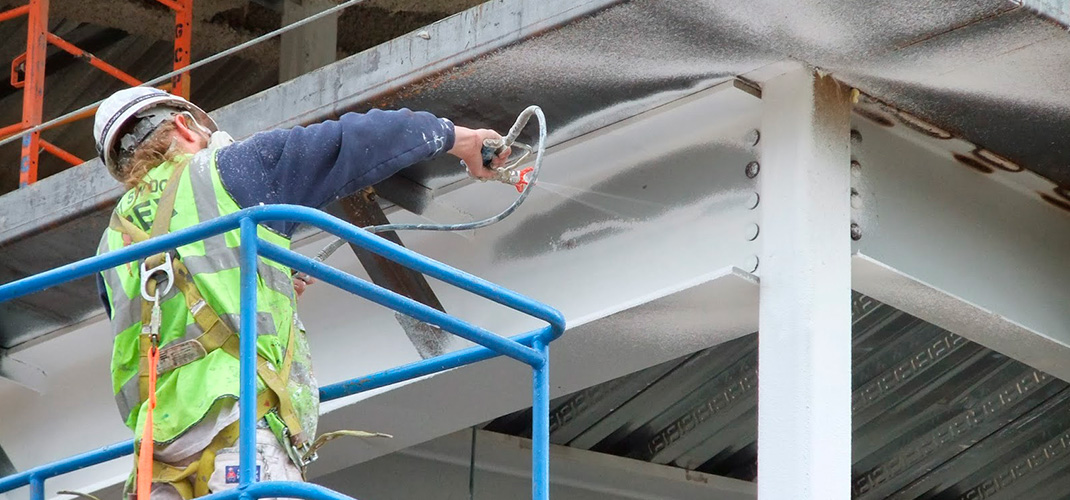As a commercial contractor, fireproofing steel columns and beams is one of the worst decisions you can make. Your construction team is not only held up by this, but it could also become ill as a result.
The solution for commercial construction companies is simple: Outsource your Fireproofing Valencia project.
How Often Should Steel Be Fireproofed?
Among other requirements, steel columns used in commercial construction must meet the X106 fire resistance standard. The most common fire-resistance rating is two or three hours. Due to the fabricator’s certification by AISC, you won’t need to worry about additional inspections for your building.
Why is Steel Frame Construction Fireproofed?
Steel cannot be indestructible. Hydrocarbons and typical building fires can burn at 2,000 degrees Fahrenheit, while it melts at 2,500 degrees Fahrenheit. Despite being exposed to extremely high temperatures, steel may be deformed and lose its tensile strength, but it will not melt.
Empresas ignifugacion Valencia uses steel in order to keep the shape of a building during a fire. More people can escape without injury this way. Steel columns are used in everything from parking garages and shopping centers to hospitals and cafeterias.
How Does Structural Steel
Structural steel columns of all sizes and shapes are available to meet any specifications your project requires. A wide range of column shapes are available from Black Rock Fireproof Column, such as the Round Type OH and the Rectangular Type RR. All of these columns have a concrete-filled center. The specifications of our types of fireproof columns can be found here.
A fireproof column built by Black Rock Fireproof Column features a sleek, strong appearance and a durable outer shell made from steel. A structural column is made of structural steel and concrete. A vermiculite fireproofing layer sits beneath an external steel shell, protecting the concrete.
Do Steel Columns Have to Be Fireproofed on a Job Site?

There are several fireproofing materials, such as sprayed fire-resistant material (SFRM) and intumescent coatings, that can make your job easier, but in most cases, they actually make it more difficult.
The dangers and other drawbacks of fireproofing materials put everyone at risk, regardless of whether someone comes on site to do the dirty work or if someone on your construction team does it.
Material on-site for Fireproofing: Dangers
Fireproof paint or SFRM could put everyone on your team at risk, including those performing fireproofing tasks.
Fire-Retardant Coatings
Paint must be activated at extreme temperatures by heating the chemical mixture. Vapors are released, which later turn into foam, commonly referred to as fireproof paint. The vapors can still be hazardous to the user’s health despite being more attractive than spray and not requiring a column cover.
Fireproofing Spray
Gypsum, carbon black, and cement are the main ingredients in SFRM sprays. But this isn’t enough.
Contractors and other professionals may save time by speeding up the hardening process with harsh chemicals, but they are actually increasing their risk of contracting diseases. As a result, contractors might need to take time off to recover and spend more money on doctor visits. People who are continuously exposed to fireproofing spray have been linked to sinus infections, bronchitis, and lung cancer.

